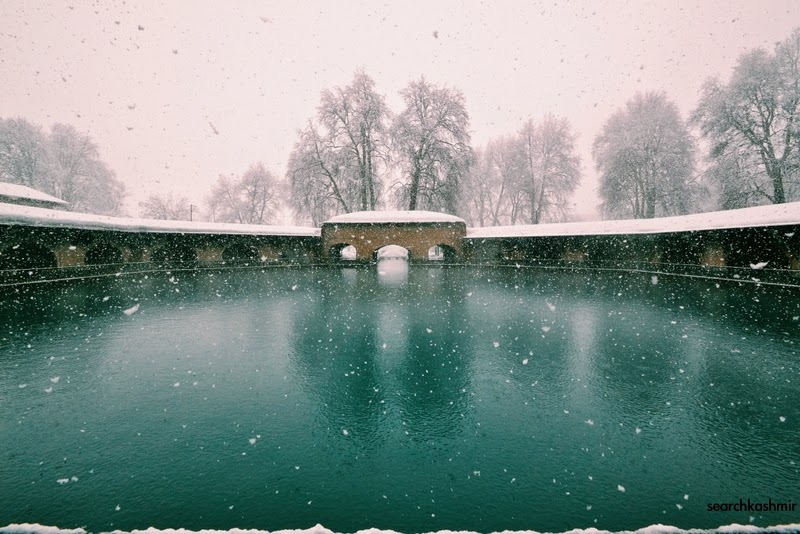
The centenary postal stamp released on July 3, 1998 by Government of India in honor of Kashmiri saint Bub ‘father’ Bhagwaan ‘God’ Jadadguru ‘World Teacher’ Gopinath Ji (3rd July, 1898 – 28th May 1968).
[Official web site: bhagavaangopinathji.org ]
Photographs of Bhagwaan Gopinath Ji Ashram situated at Kharyar near Habba Kadal, Srinagar, Kashmir. (Dated June, 2008)


A recently re-built ashram of Bhagwaan Gopinath Ji in the premises of the Durga Mandir at Kharyar.
A Kashmiri Pandit family has donated its house to be used as an ashram.
I was told that a Haenz Bai, a Muslim fisher woman, started to take care of the ashram when the situation was really bad in Kashmir.

An old desolate looking house to the left on entering the ashram.The house right in front of it is used as a guest house for pandits families who might want to stay at the ashram for a couple of days.

View of the opposite bank of Jhelum as seen from the ashram.


Habba Kadal as seen from the ashram.
Boats on river Jhelum near the ghat next to the ashram.

Houses (mostly pandit) right next to the ghat.

The central hall on the first floor of the ashram housing the statue of Bhagwaan Gopinath Ji.

The original marble statue of saint was installed in June, 1972. Similar statues are now placed in the ashrams located at Jammu (Udaiwala Road, Bohri) and Delhi (Opp. D-43, Pamposh Enclave, G.K-I).

View in front of the statue

View from the left window of the hall on the first floor of the ashram.

The house is used as a living quarter for the security men guarding the ashram. Interestingly the presence of security men here is not overbearing as against the situation at the nearby Ganesh temple of Ganpatyaar

View to the right and from the top floor of the ashram.

Kashmiri Muslim house to the right.

Passage that links the ashram to the main road.



 Ami pana so’dras nAvi ches lamAn
Ami pana so’dras nAvi ches lamAn

 This chinar tree at Shadipur is believed to be the (sangam) confluence of rivers Indus (Sind) and Jhelum (Vitasta) and is called `Prayag’ by Kashmiri pandits – alluding to Prayag that is Allahabad where Yamuna and Ganga meet up. Kashmiri Pandits used to immerse the ashes and remains of their dead at this spot.
This chinar tree at Shadipur is believed to be the (sangam) confluence of rivers Indus (Sind) and Jhelum (Vitasta) and is called `Prayag’ by Kashmiri pandits – alluding to Prayag that is Allahabad where Yamuna and Ganga meet up. Kashmiri Pandits used to immerse the ashes and remains of their dead at this spot. 








